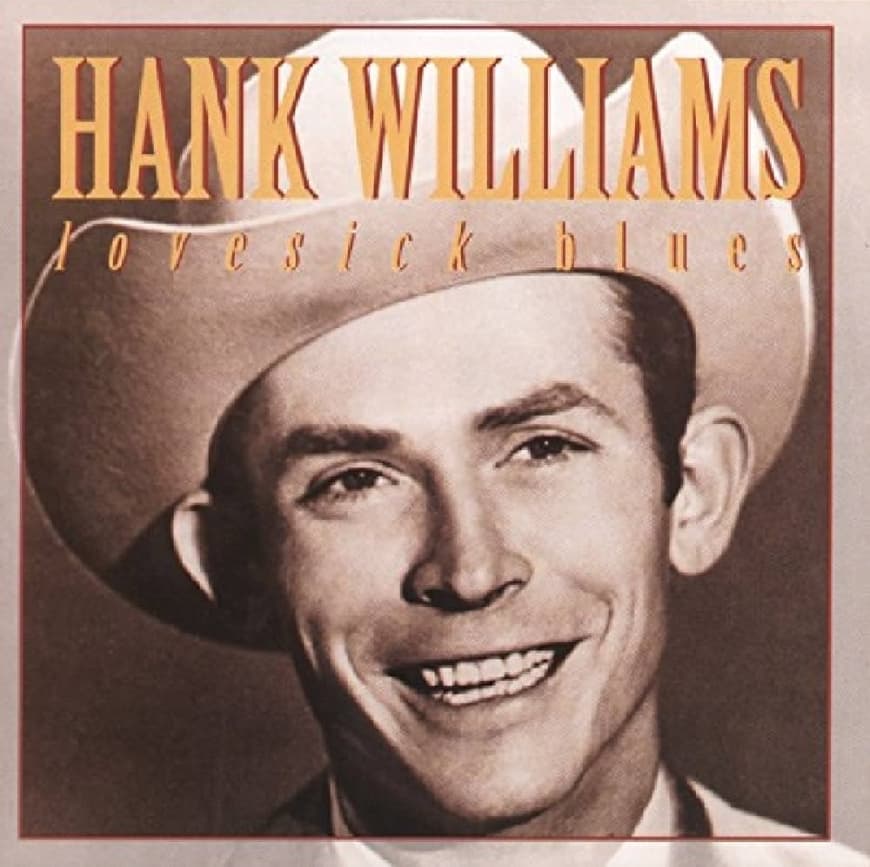
Lovesick Blues: A Hank Williams Classic Takes Flight
The story of “Lovesick Blues” is a fascinating journey, tracing back from a young Hank Williams captivated by the song’s energy to its eventual status as a country music legend. Buckle up for a ride through the song’s evolution, recording drama, and ultimate rise to fame.
While “Lovesick Blues” wasn’t entirely new territory, having been performed by others before him, Williams was drawn to its infectious melody. After joining the Louisiana Hayride radio show in 1948, he began including the song in his performances. The audience reaction was electric, a testament to Williams’ ability to connect with the crowd.
This enthusiastic response from the live audience planted a seed in Williams’ mind. He was determined to record the song, despite resistance from his band members and even his producer, Fred Rose. Rose, a seasoned music industry professional, felt the song wasn’t strong enough for a recording. However, Williams, emboldened by the audience’s love for it, persisted.
The recording session itself was a whirlwind. Short on time, Williams’ band improvised, drawing inspiration from a previous recording session for a different song. The result? A unique blend of honky-tonk rhythm with yodeling flourishes, elements borrowed from earlier versions of “Lovesick Blues.” Interestingly, even the recording defied conventional structure, with Williams holding notes longer than usual, much to Rose’s initial disapproval.
When “Lovesick Blues” was released in early 1949, it took off like a shot. Fans loved Williams’ raucous energy and signature yodeling. The song quickly climbed the charts, becoming his first number one hit and earning him nicknames like “The Lovesick Blues Boy.” “Lovesick Blues” wasn’t just a hit; it became his signature song, a staple that closed his shows and solidified his place in country music history.
The song’s impact transcended the charts. It was featured in iconic films like “The Shawshank Redemption” and “Forrest Gump,” further solidifying its place in American pop culture. In recognition of its enduring legacy, “Lovesick Blues” was added to the National Recording Registry by the Library of Congress in 2004.
So, the next time you hear those opening twangs of “Lovesick Blues,” remember the story behind it. It’s a testament to the power of an audience’s connection with a song, a young artist’s determination, and a recording session fueled by improvisation and heart.